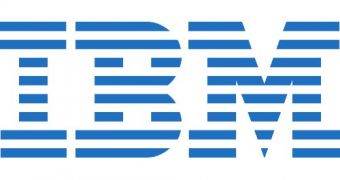The two new servers from IBM come in Enterprise and business Class configurations and are all-in-one offerings that will simplify the choreography involved in storing, securing and transferring the virtualized workloads inside a data center, workloads that can amount to hundreds of thousands. This offering is part of IBM's effort to outdo its rivals, such as VMWare, in the race to provide better and cheaper virtualization software and hardware solutions to customers. The two System z servers will simplify deployment of Linux workloads and support for Chrodian's customer relationship management applications, respectively.
"IBM is seeing a new market trend for large scale server consolidation and bringing more capabilities to the mainframe," Tom Rosamilia, general manager of IBM's (NYSE: IBM) System z group, said in a statement. "Only the Enterprise Linux Server can provide the environment necessary to handle countless workloads securely and with high availability on such a massive scale."
This announcement was made on Tuesday, December 8, and, according to the IBM officials, the servers will not only allow for consolidation of data centers on Linux, but will also reduce the overall environment footprint while also reducing IT spending through the simplification of the procedures followed when moving, storing and securing workloads
"With our 'save as you grow' pricing model, as the business requirements get bigger, the cost of computing actually gets less expensive," Rosamilia added.
The same official said that the System z servers ran 6,300 unique applications, out of which no less than 3,000 were Linux-based. The servers come in Enterprise and business Class configurations and hundreds of thousands of Linux servers may be run on a single physical server thanks to the included z/VM capabilities. The Chordiant Solution Edition, on the other hand, features a z/OS, DB2 and WebSphere-based design, which allows for customer-data management on the System z mainframe.
The systems will come with off-the-shelf pricing and configurations.

 14 DAY TRIAL //
14 DAY TRIAL //